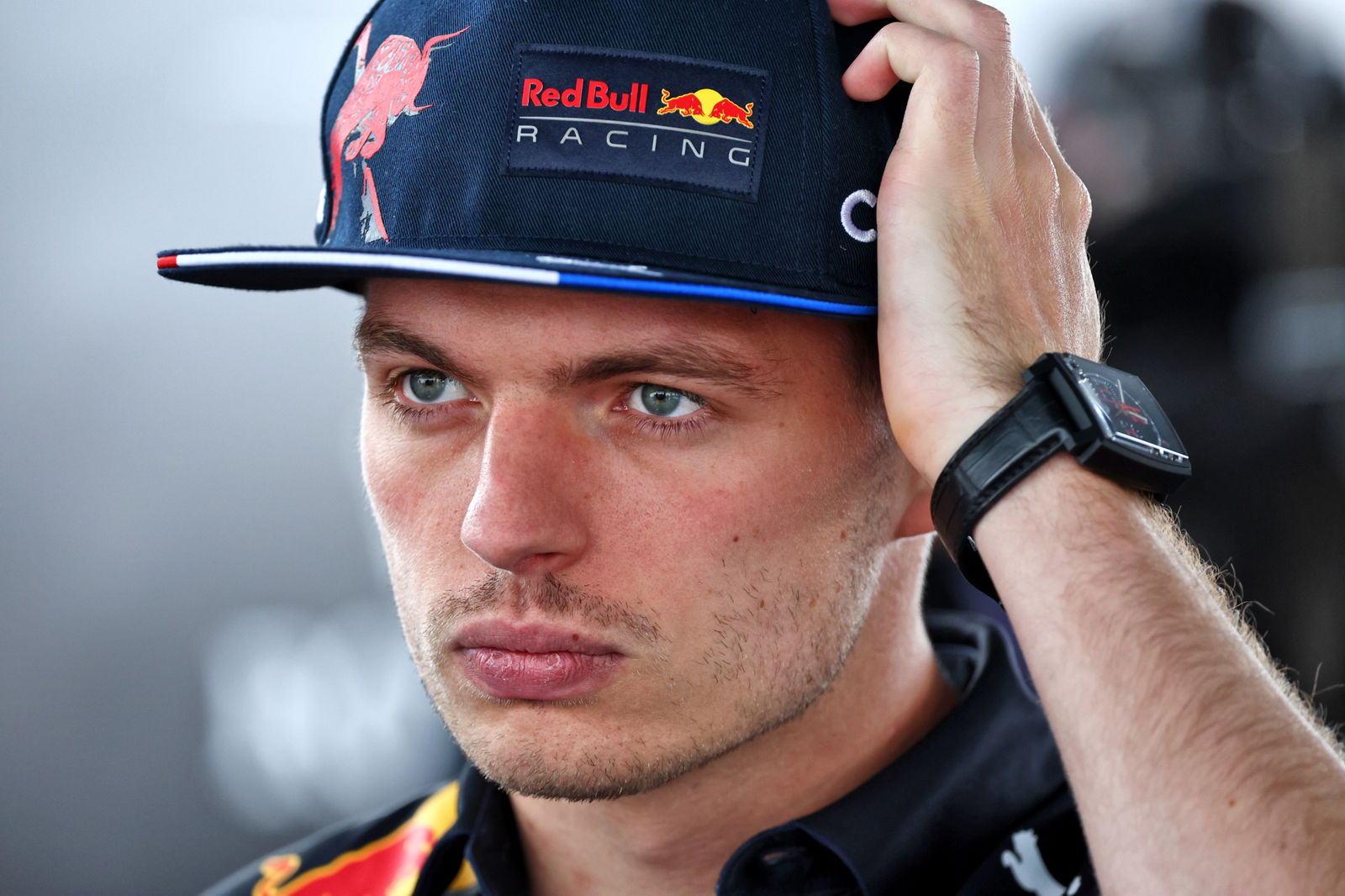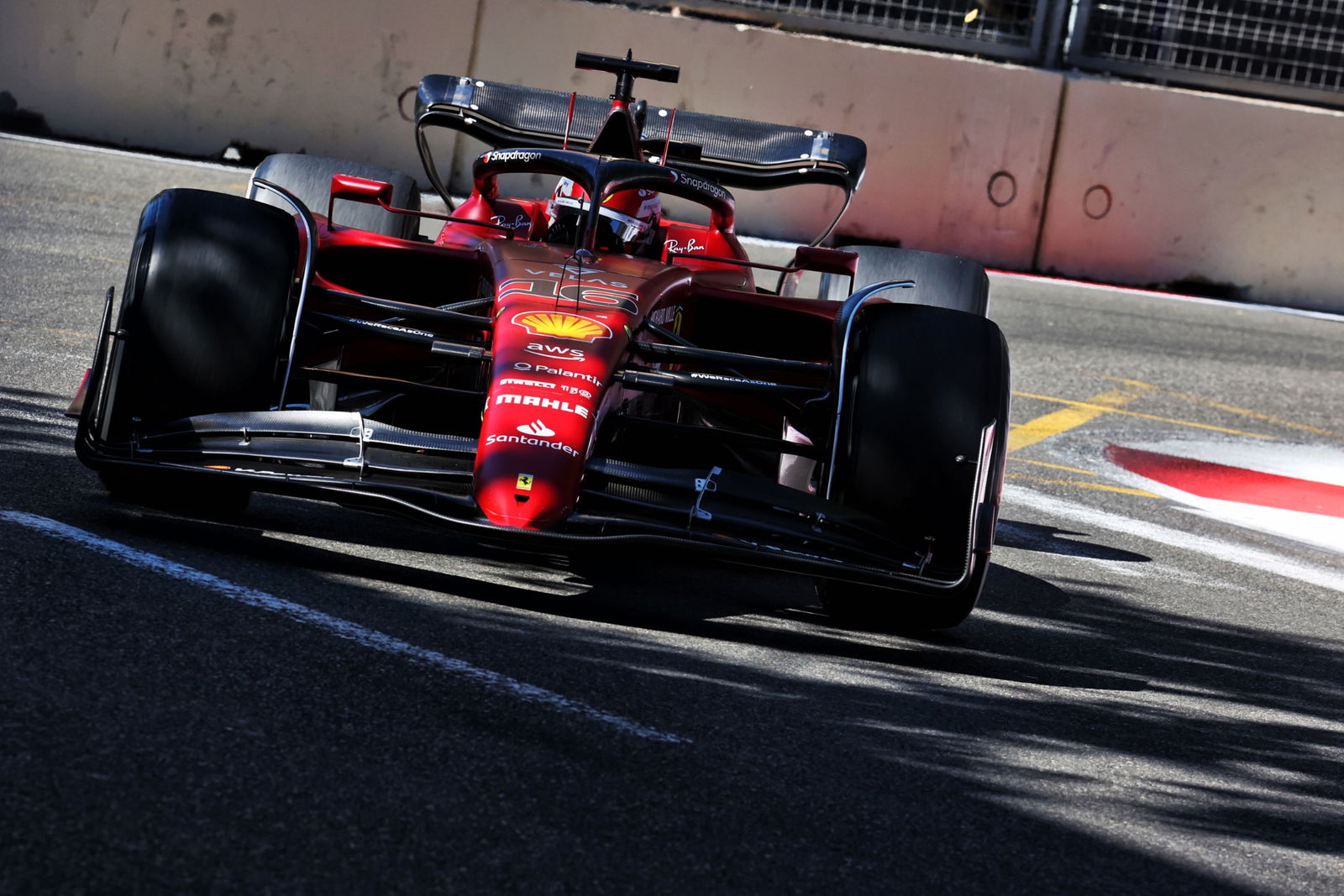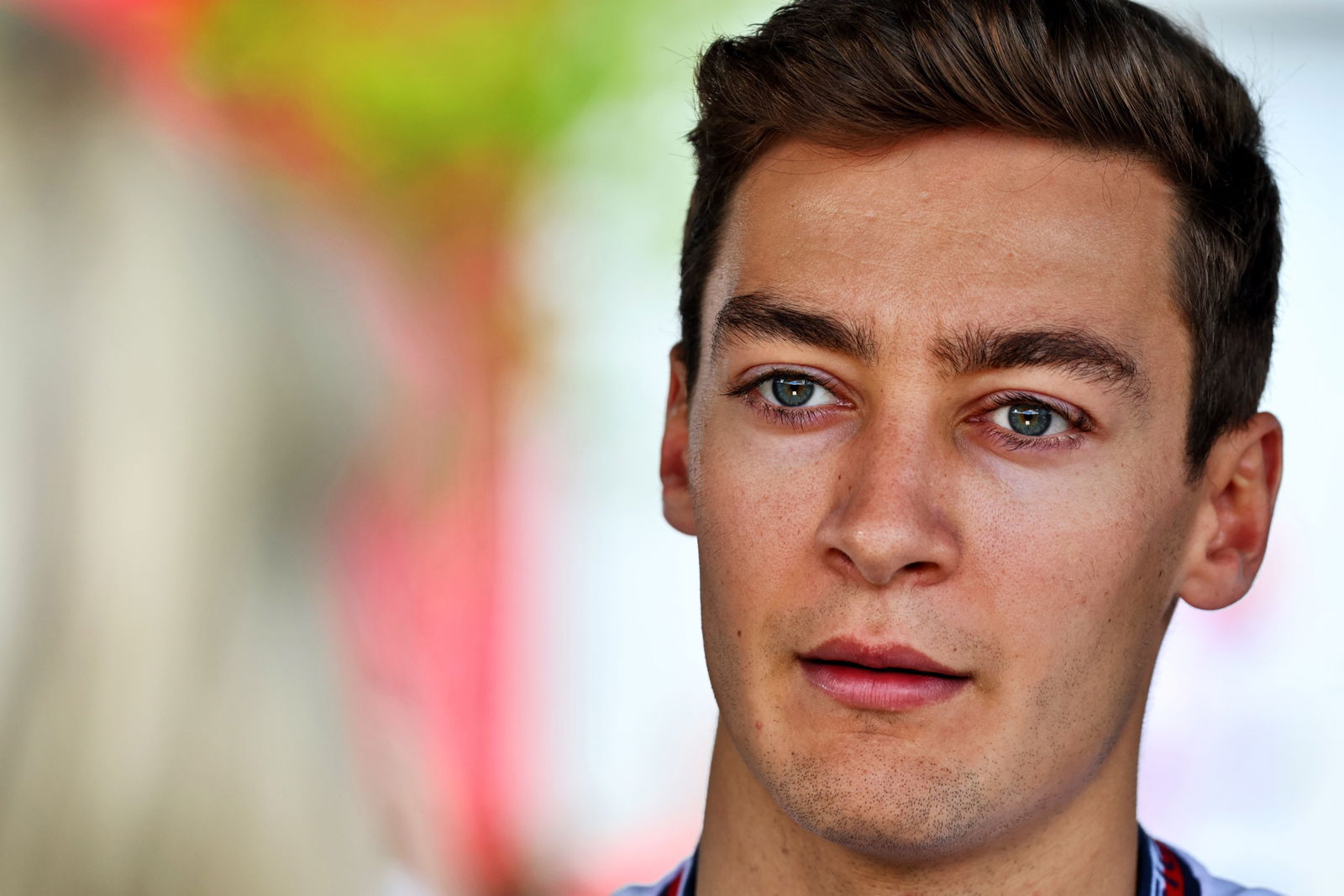F1 rivals Lewis Hamilton and Max Verstappen disagree over FIA's porpoising rule

Ahead of F1’s return to Canada, the FIA outlined guidelines that will be in place to ensure teams aren’t compromising their drivers’ health over performance.
The directive has been met with differing views with both Mercedes drivers supportive of it, while F1 title rivals Verstappen and Charles Leclerc are less enthusiastic.
Speaking ahead of Friday practice, Hamilton said it was only positive that the FIA have got involved given that these ground-effect cars are here to stay for a number of years.
- Hamilton doubts he would have met FIA extraction time with back pain
- Will Ferrari's Leclerc be hit with an engine penalty?
- Could FIA porpoising intervention be bad news for Mercedes?
- FIA intervenes to reduce F1 porpoising on safety grounds
“It’s always interesting seeing people’s perspectives and opinions in different lights,” he said. “Obviously, In front of you, it’s one thing and in the background, sometimes people say different things. Ultimately I think safety is the most important thing and I think there’s at least one driver in every team who has spoken on it.
“I don’t think it’s going to change a huge amount, but there’s a huge amount that needs to be done. It’s positive that the FIA are working towards improving it because we have this car for the next few years.
“So it’s not about coping with the bouncing for the next four years, it’s about completely getting rid of it, fixing it, so that future drivers, all of us, don’t have back problems moving forward.”

Conversely, Verstappen wasn’t impressed by the FIA’s decision to intervene.
The Red Bull doesn’t believe a rule change in the middle of the season is fair and thinks it should be a team’s responsibility, rather than the governing body’s.
“Regardless of whether it’s going to help us or working against, always these rule changes in the middle of the year, I don’t think it’s correct,” Verstappen explained. “Of course, I understand the safety part of it, but I think if you talk to every engineer in the paddock, if you raise your car, you will have less issues anyway.
“Naturally, we have to try and find the limit you can cope with, your body itself, for performance. But I don’t think it’s correct that now they have to intervene and start applying these kind of rules that if you can’t deal with the porpoising that you have to go up on the ride height.
“Because it’s very simple, just go up on the ride height and you won’t have these issues. It makes it a bit complicated, will also be very hard to police in a way, but we’ll see.”
Like Mercedes, Ferrari have suffered porpoising in the early part of the season but unlike the German team, their performance hasn’t been adversely affected.

Leclerc shared a similar view to his main rival, Verstappen.
“I think it’s the team’s responsibility to give me a car that is OK to drive, and until now, I didn’t have any particular problem with it,” Leclerc said. “Yes, it is stiffer than last year’s car, whether it’s undriveable or very hard on myself, I don’t think it is, at least personally. On our side, we found solutions to make it better.”
On the other hand, Russell - who is the director of the Grand Prix Drivers’ Association (GPDA) - has welcomed the FIA’s involvement but described the technical directive as a “sticking plaster” rather than an outright solution.
“There’s been some changes brought forward from the FIA so it’s pleasing to see that they’ve been on the front foot there but we need to see if it makes any difference at all and go from there,” Russell added.
“With what’s been brought forward this weekend I think it’s more of a sticking plaster than the solution and we need to wait and see. I think for even the teams suffering the least, it’s still an incredibly aggressive and bumpy ride.
“The FIA has access to all of the vertical acceleration loads that we’re going through and it’s far beyond what you’d expect is safe to deal with. Bigger conversations are definitely needed moving forward and where we go from here.”



